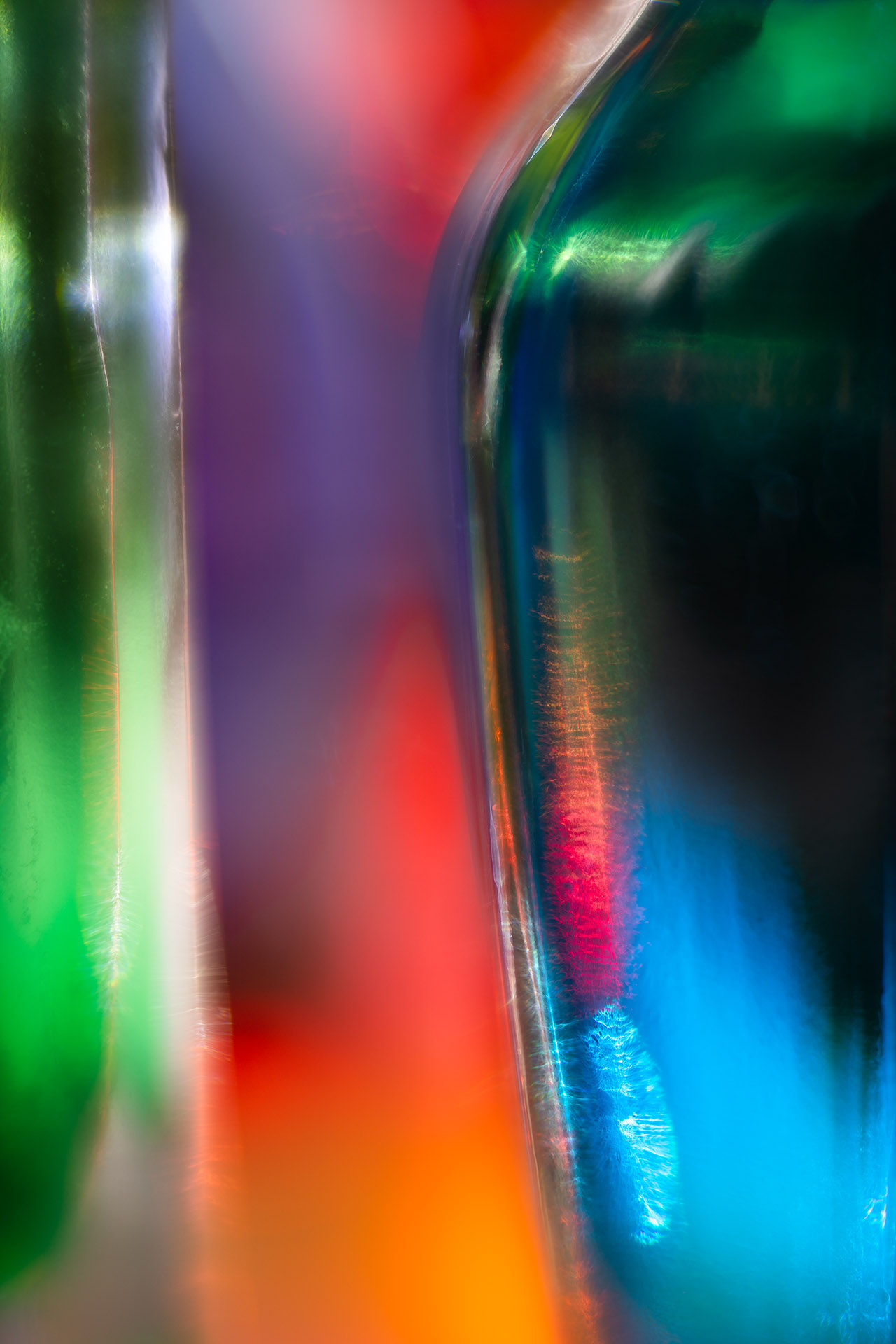
The early use of “indigo” referred to indigo dye made from Indigofera tinctoria and related species, and not specifically to a color. In the 1660s, Isaac Newton bought a pair of prisms at a fair near Cambridge, England. Around this time, the East India Company had begun importing indigo dye, replacing native woad as the primary source of blue dye. By the way, the actual color produced using indigo dye is probably somewhat different from the color referred to as “indigo” by optical scientists.
In an important experiment in the history of optics, Newton shone a narrow beam of sunlight through one of his prisms to produce a rainbow-like band of colors on the wall. This optical band had a spectrum of colors, and Newton named seven as primary colors: “Red, yellow, Green, Blew, & a violet purple; together with Orang, Indico, & an indefinite varietie of intermediate gradations.”
Interestingly, Newton linked the seven prismatic colors to the seven notes of a western major scale, with orange and indigo as semitones. What happens if you play colors like a musical scale?
In modern usage, indigo is a deep and rich color close to the primary color Blue in the RGB color space, a color somewhere between blue and violet. Many people have difficulty distinguishing indigo from its neighbors. According to sci-fi writer and science pundit Isaac Asimov, “It is customary to list indigo as a color lying between blue and violet, but it has never seemed to me that indigo is worth the dignity of being considered a separate color. To my eyes it seems merely deep blue.”
Asimov was wrong, but the color indigo needs to be approached with care. If you confront indigo directly, you may not see it, but in fact indigo takes its rightful and royal place on the visual spectrum when seen somewhere between blue and violet,
To construct this image, I used vases filled with colored water. To generate the colors, I used food dyes representing the primary colors, and passed bright sunlight from a West-facing window beamed through the colored water in combination—thus echoing Isaac Newton’s original, famous experiment with prisms and sunlight.